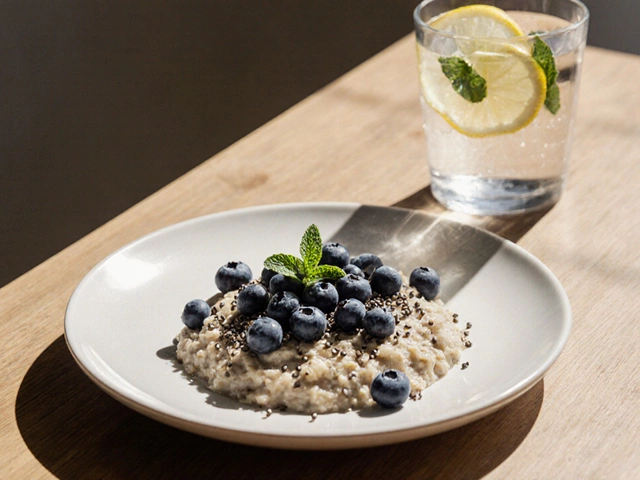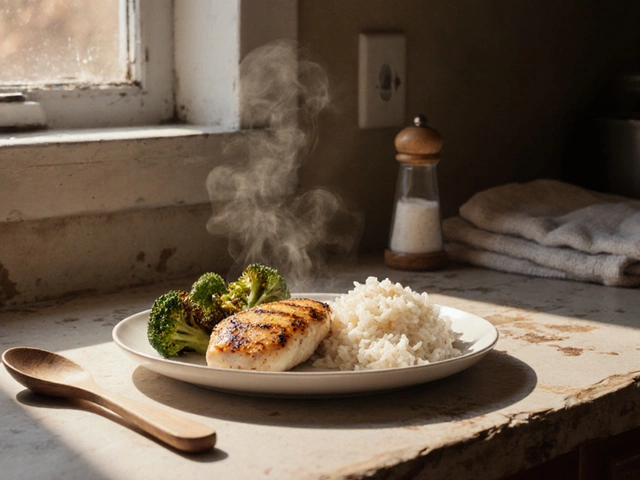Baking Tips: Simple Tricks for Better Home Baked Goods
Ever pull a cake out of the oven and wonder why it’s flat or why the cookies spread too much? You’re not alone. The good news is that a few easy baking tips can turn those mishaps into tasty successes. Below you’ll find the most useful tricks you can start using right now.
Essential Tools and Ingredients
First, make sure you have the right basics. A sturdy metal or glass mixing bowl, a reliable kitchen scale, and a good quality silicone spatula are worth the investment. Scales give you accurate measurements; too much flour or too little sugar can throw off the whole batch. Also, keep an eye on your pantry staples. Fresh baking powder and soda lose potency after a year, so replace them regularly.
Another tip: always sift dry ingredients like flour, cocoa, and baking powder. Sifting removes lumps and adds air, which helps cakes rise evenly. If you don’t have a sifter, use a fine-mesh sieve and give it a few shakes.
Quick Techniques to Boost Flavor and Texture
Temperature matters more than you think. Let butter soften at room temperature but don’t melt it unless the recipe calls for it. Soft butter traps air when creamed with sugar, giving you a light crumb. For brownies, melt the butter and let it cool slightly before mixing – this prevents the batter from getting too hot and over‑activating the leavening agents.
Don’t forget the power of “room‑temperature” eggs. Cold eggs can cause butter to seize, leading to a dense batter. Crack the eggs into a small bowl, let them sit for 15 minutes, and then add them to your mixture.
If you want extra flavor, add a pinch of salt to sweet recipes. Salt balances sweetness and enhances chocolate, vanilla, or fruit flavors. For spice‑heavy breads, a dash of espresso powder can amplify the depth without adding coffee taste.
When it comes to baking time, use the “toothpick test” wisely. Insert a toothpick into the center of the cake; a few moist crumbs are fine, but wet batter means it needs more time. Remember that ovens vary, so start checking a few minutes before the suggested time.
Finally, let baked goods cool properly. Cakes should rest on a wire rack for at least 15 minutes before frosting, and cookies need a few minutes on the sheet before moving them. This prevents breakage and lets the flavors settle.
These tips are quick to adopt and make a noticeable difference. Try them in your next batch, and you’ll notice lighter textures, cleaner flavors, and fewer baking fails. Happy baking!

Easiest Things to Bake: Simple Recipes and Baking Tips for Beginners
by Landon Weathers / 24 Jul 2025Curious about the easiest thing to bake? This guide spotlights no-fuss recipes, handy tips, fun baking trivia, and practical advice for every new baker.

Trending Sweets: What Desserts Are Hot Right Now?
by Landon Weathers / 23 May 2025This article looks at the latest dessert trends making waves in home kitchens and bakeries right now. From viral treats to creative twists on classics, you'll get the scoop on what's sweet and hot in 2025. Expect practical tips for recreating these desserts with easy-to-find ingredients. Whether you're a casual snacker or a baking enthusiast, you'll find mouthwatering ideas to try at home. Plus, there's some fun trivia behind the popular picks.

Trending Cake Flavors to Try Now
by Landon Weathers / 21 Mar 2025Exploring the latest cake trends can add excitement and flavor to your baking adventures. From inventive flavor combinations to stunning visual styles, there's something for everyone to try. More home bakers are experimenting with fusion flavors and incorporating healthy ingredients. Get inspired with practical tips and make your next baking project the talk of the town.




